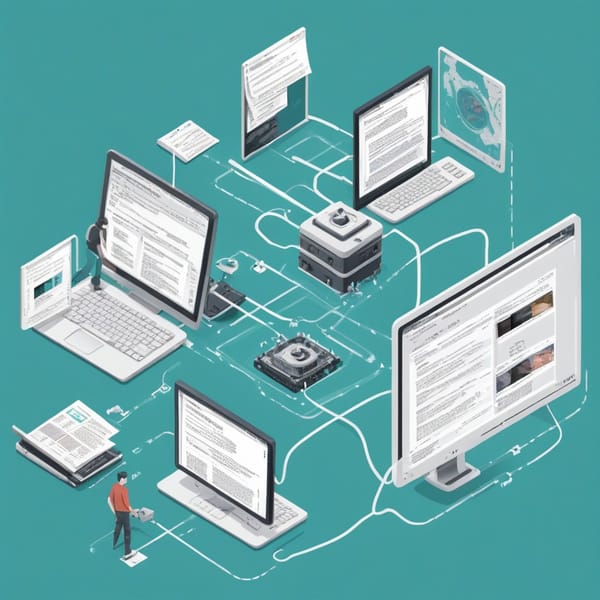n8n Audit Trail Best Practices for Compliance and Security

In today’s digital landscape, maintaining robust compliance and security standards is critical for businesses leveraging automation tools like n8n. Audit trails play a pivotal role in tracking user activities, detecting anomalies, and ensuring accountability. By implementing best practices for n8n audit trails, organizations can enhance security, meet regulatory requirements, and streamline incident response.
Why Audit Trails Matter in n8n
An audit trail is a chronological record of system activities, including user logins, workflow executions, and configuration changes. For n8n users, audit trails provide:
- Transparency: Clear visibility into who did what and when.
- Security: Detection of unauthorized access or suspicious behavior.
- Compliance: Evidence for regulatory requirements like GDPR, HIPAA, or SOC 2.
- Troubleshooting: Insights into workflow failures or misconfigurations.
Without proper audit logging, organizations risk data breaches, compliance violations, and operational inefficiencies.
Best Practices for n8n Audit Trails
1. Enable Comprehensive Logging
n8n offers built-in logging capabilities, but you should configure them to capture all critical events:
- User Activities: Logins, role changes, and permission updates.
- Workflow Modifications: Creation, edits, deletions, and executions.
- API Calls: External integrations and data transfers.
Ensure logs include timestamps, user IDs, and IP addresses for full traceability.
2. Centralize and Secure Audit Logs
Storing logs locally on the n8n server is risky—logs can be lost due to system failures or tampering. Instead:
- Use External Logging Tools: Integrate n8n with SIEM (Security Information and Event Management) solutions like ELK Stack, Splunk, or Datadog.
- Encrypt Logs: Protect sensitive data within logs using encryption.
- Implement Retention Policies: Retain logs for the duration required by compliance standards (e.g., 6 months for PCI DSS, 1+ years for GDPR).
3. Monitor and Alert on Suspicious Activity
Passive logging isn’t enough—proactive monitoring is key:
- Set Up Alerts: Trigger notifications for unusual events (e.g., multiple failed logins, bulk workflow deletions).
- Leverage Anomaly Detection: Use machine learning tools to identify patterns indicative of breaches.
- Regularly Review Logs: Schedule audits to ensure no suspicious activity goes unnoticed.
4. Restrict Access to Audit Logs
Audit trails themselves must be secured:
- Role-Based Access Control (RBAC): Limit log access to authorized personnel (e.g., security teams, compliance officers).
- Multi-Factor Authentication (MFA): Require MFA for accessing sensitive logs.
- Immutable Logs: Prevent tampering by using write-once-read-many (WORM) storage.
5. Document and Test Your Audit Process
Compliance isn’t just about having logs—it’s about proving their effectiveness:
- Create a Logging Policy: Define what’s logged, where it’s stored, and who’s responsible.
- Conduct Regular Audits: Test your logging setup to ensure it meets compliance requirements.
- Prepare for Investigations: Ensure logs are easily retrievable for audits or legal requests.
6. Integrate with Compliance Frameworks
Align your n8n audit trails with industry standards:
- GDPR: Log data access and processing activities to demonstrate accountability.
- HIPAA: Track PHI (Protected Health Information) access and modifications.
- SOC 2: Maintain detailed records for security and operational audits.
Conclusion
A well-implemented n8n audit trail is a cornerstone of compliance and security. By enabling comprehensive logging, centralizing logs, monitoring for anomalies, and restricting access, organizations can safeguard their automation workflows and meet regulatory demands. Regularly review and update your audit practices to stay ahead of evolving threats and compliance requirements.
Investing in robust audit trails today ensures a secure, transparent, and compliant automation environment for the future.



